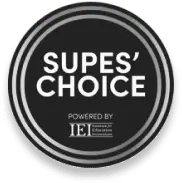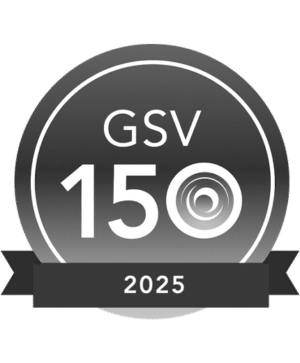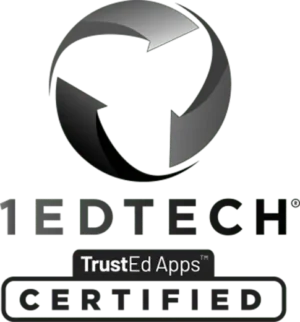
Instructional coaches value input from teachers on their practice, and there are plenty of ways to put them at the forefront of their learning. Read on for some practiced ways you can gather feedback from your teachers!
Surveys for Better Coaching Cycles (with Examples!)
Amy Rudd surveys teachers to help identify goals and discover trends to help create more successful coaching cycles:
“After teachers and the coach begin to make connections and build common experiences together, the coach can then use surveys to foster a deeper relationship. Sending them out by email or one of the many online form tools can be even more useful, too. Once a teacher completes a survey, the coach can begin to gather data to look for patterns and trends across multiple teachers or even buildings.”
Coaching Choice Boards
Pam Hubler uses Coaching Choice Boards to empower her teachers in the coaching process and choose their level of support. Find out how she’s found success with them:
“Once I understood what my job included, however, it didn’t mean teachers in my building knew how to utilize and work with a coach. This is why I decided I needed to create something that would help guide their requests in the right direction! This process really made me think of the services I wanted to focus on as a coach and how to describe them to teachers. . . . Gathering teacher requests via a Google Form means that I’ll be able to see all the data for this school year in one place, which I can’t wait to see! It will help me to determine which services are needed the most so I can structure my coaching schedule better and better each year.”
Empower Your Teachers with “What I Need” Surveys
Lisa Hockenberry and Rachel LeForce highlight why going straight to the source through surveys allows them to gain a more in-depth understanding of their learning community’s needs:
“Many of the questions ask teachers to rate their confidence in instructional practices in their classrooms. . . . To provide teachers more voice and choice in how they approach professional learning, we added questions about how they would like to receive training e.g. planning, after school PD, bite-size PDs, etc. We also asked if they were comfortable sharing their strengths on particular topics with their colleagues. We know how dedicated and talented our teachers are and felt these questions helped us communicate trust and empowerment.”
Seeking Feedback as a Coach
Fiona Hurtado shares the benefits of simply asking teachers for their honest feedback and how she’s used these suggestions and insights to shape future coaching strategies:
“As I considered how to seek the feedback I desired, I realized the format had to be simple and broad—allowing teachers to respond in ways that were relevant to them. The result was a form that gave teachers a choice of three access points: questions directly addressing my coaching, questions directly addressing the impact on the teachers’ learning, and questions that were open-ended. . . . If we ask teachers directly to describe how coaching is supporting their growth, we can gather concrete data about our impact, and glean tips on how we might enhance our practice.”
Try SchoolStatus Boost today!
SchoolStatus Coach supports ICs by helping them manage their coaching cycles, goals, meetings, and evidence. Coaches can also upload resources and videos to keep everything in one place.
BoostDigital Coaching Menus
Kenny McKee recommends ICs use coaching menus to identify their teachers’ needs before starting a coaching cycle:
“One excellent tool for organizing individual coaching cycles is a digital coaching menu (this one is for coaches supporting literacy across subjects). With such a menu, teachers are able to self-assess their students’ needs and their preferred professional learning modalities. They then can communicate these reflections to an instructional coach before they ever have a first meeting together. The coach is able to frame the first coaching conversation around the teacher’s assessment in order for both to more quickly come to a consensus on professional learning goals and methods.”
Instructional Coaching Menu Best Practices
Isabelle Williams offers “three courses” of support for the teachers she works with to choose from:
“The chef is NOT an expert, but does gather a wide range of ingredients and dining suggestions from other customers! . . . Choose from a variety of options, MIX and MATCH to design what is appetizing to you! Note: All dishes are free (but chocolate will be happily accepted as payment!).”
Bonus: Giving Teachers a Voice and Choice in Their PD
There’s no one-size-fits-all model for professional learning. Sit-and-get PD can be brutal for a lot of teachers. That’s why we looked at some ways ICs can give teachers a voice and choice in their professional learning.
Stay Connected
News, articles, and tips for meeting your district’s goals—delivered to your inbox.






















